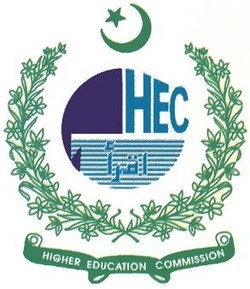Reflection of Allama Iqbal’s Ideological Discourse in Pakistani Art: A Reference to Instigate Self-Reliance in the Youth of Pakistan
DOI:
https://doi.org/10.53762/alqamar.05.02.e01Keywords:
K̲h̲udī, Pakistani Art, Abdur Rehman Chughtai, Sadequain, Aslam KamalAbstract
Allama Muhammad Iqbal, an eminent poet and philosopher of South Asia became a source of stimulation in the 20th century among the Muslim ummah because of his revolutionary ideological poetry. He emphasized self-realization for the comprehension of Divine strength within humanity. His inspirational philosophical discourse left enormous influence on the younger generation of his time and on the bases of his nationalistic ideology, the creation of Pakistan became possible. He is considered to be the national poet of Pakistan and his ideologies provided the Pakistani artists of the formative period with inspiring theoretical frameworks which were expressed through visual representation. Art being an essential part of humanity, reflects the ideological, religious and socio-political settings of a society and in Pakistan, art also focuses on multiple conceptual panoramas. Artists like Abdur Rehman Chughtai, Sadequain and Aslam Kamal illustrated the philosophical references of Iqbal’s poetry in direct yet symbolic manner with a reason to focus on the underlying stimulating context for inspiring the younger generation of Pakistan. In contemporary Pakistani art, his philosophy of K̲h̲udī has also been revisited as a reference to instigate a novel chapter of meaningful existence analyzing the contemporary challenges faced by the nation of Pakistan mainly after 9/11.
References
S. Amjad Ali, Painters of Pakistan (Islamabad: National Book Foundation, 1995), 66.
Marcella Bedford Nesom, Abdur Rehman Chughtai: A Modern South Asian Artist (PhD dissertation, The Ohio State University, 1984), 74.
Akbar Naqvi, Image and Identity: Painting and Sculpture in Pakistan, 1947-1997 (New York: Oxford University Press, 1998), 53.
Marcella C. Nesom, The Torch-Bearer of the Muslim Art, Paintings from Pakistan (Islamabad: Idara Saqafat-e-Pakistan, 1988), 22.
Nesom, Abdur Rehman Chughtai: A Modern South Asian Artist, 1.
.Ali, Painters of Pakistan ,68.
Grosvenor Gallery, “Abdur Rahman Chughtai,” retrieved on November 7th, 2020, https://www.grosvenorgallery.com/artists/52-abdur-rahman-chughtai/overview/.
Naqvi, Image and Identity: Painting and Sculpture in Pakistan, 366.
. Riffat Hassan, The Meaning and Role of Intuition in Iqbal’s Poetry. Iqbal Review 1, no. 26 (1985): 67-99. (Retrieved on 17th November, 2020).
Published
How to Cite
Issue
Section
Copyright (c) 2022 Al-Qamar

This work is licensed under a Creative Commons Attribution 4.0 International License.


















